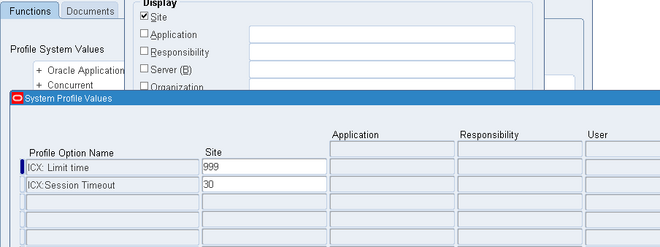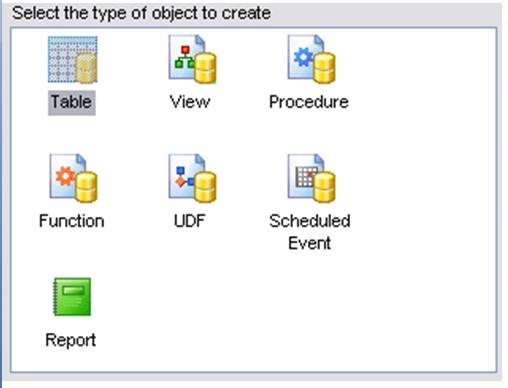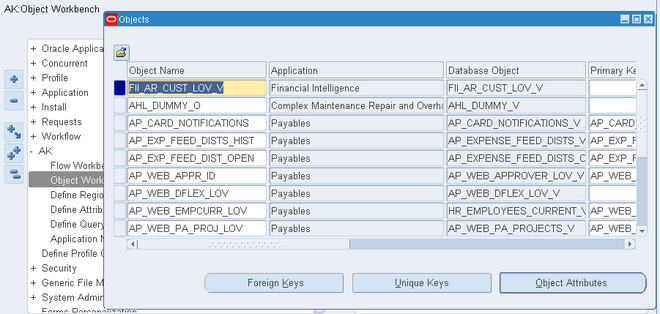Generally, a complex enterprise has several organization structures, such as Internal, Accounting, and Human Resources. You are able to define different structures to customize Oracle Applications according to your business needs.
Basic Business Needs
Oracle Applications provides you with the features you need to satisfy the following basic business needs:
- Use a single installation of any Oracle Applications product to support any number of organizations, even if those organizations use different sets of books.
- Define different organization models
- Support any number of legal entities within a single installation of Oracle Applications.
- Secure access to data so that users can access only the information that is relevant to them.
- Sell products from a legal entity that uses one set of books and ship them from another legal entity using a different set of books, and automatically record the appropriate intercompany sales by posting intercompany accounts payable and accounts receivable invoices.
- Purchase products through one legal entity and receive them in another legal entity.
Major Features
Multiple Organizations in a Single Installation
You can define multiple organizations and the relationships among them in a single installation of Oracle Applications. These
organizations can be business groups, sets of books, legal entities, operating units, or inventory organizations.
When you run any Oracle Applications product, you first choose an organization—either implicitly by choosing a responsibility, or explicitly in a Choose Organization window. Each window and report then displays information for your organization only. Organizations that share the same functional currency, Accounting Flexfield structure, and calendar can post to the same set of books.
Secure Access
You can assign users to particular organizations. This ensures accurate transactions in the correct operating unit.
Sell And Ship Products From Different Legal Entities
You can sell from one legal entity and ship from another, posting to each organization’s set of books.
Receive Goods Into Any Inventory Organization
You can enter purchase orders and assign for receipt any inventory organization that uses the same set of books. Your purchase order operating unit and receiving inventory organization must share the same set of books to receive against a purchase order.
Automatic Accounting for Internal Requisitions
You can create an internal requisition (sales order) in one organization, then ship from another organization, with correct intercompany invoicing.
Multiple Organizations Reporting
You can set up your Oracle Applications implementation to allow reporting across operating units by setting up the top reporting level. You can run your reports at the set of books level, legal entity level, or operating unit level





Recent Comments